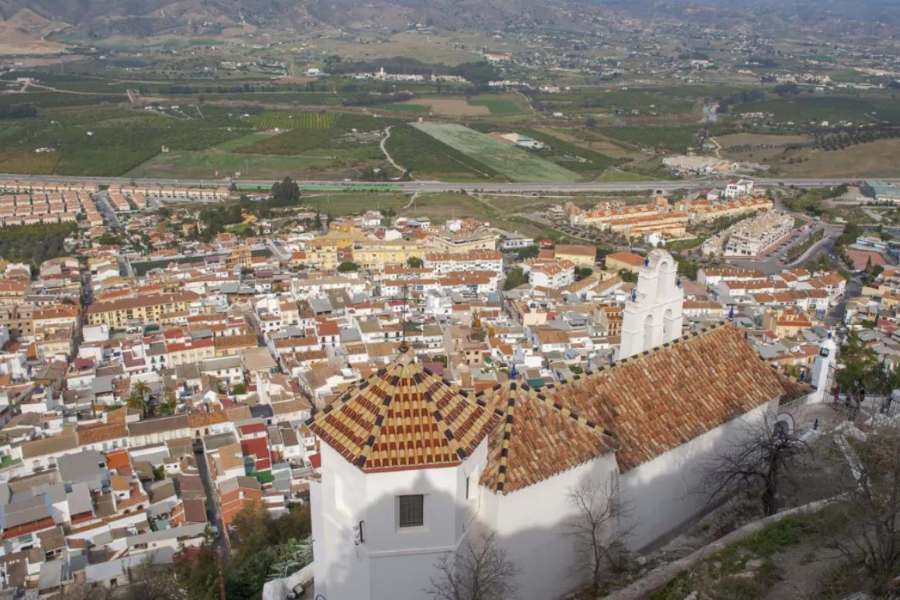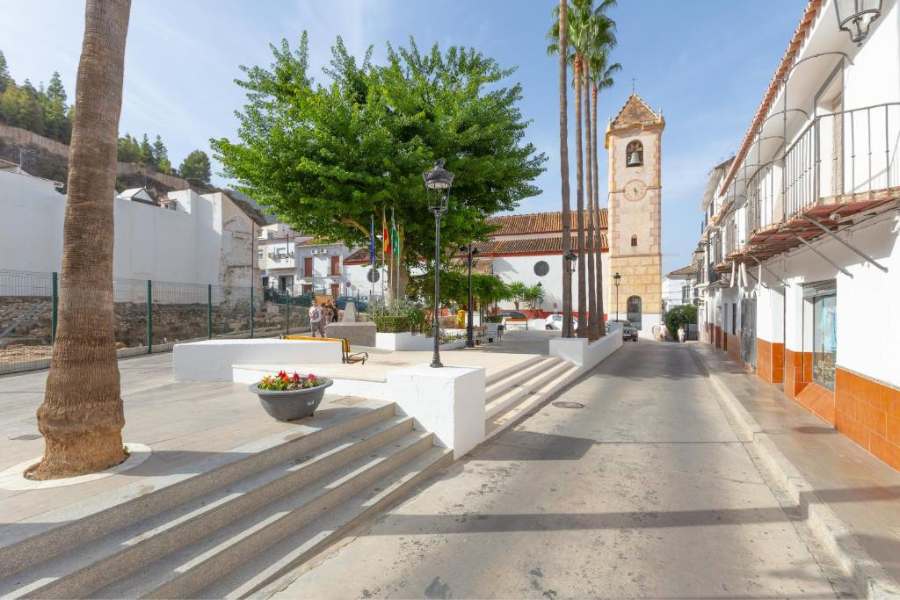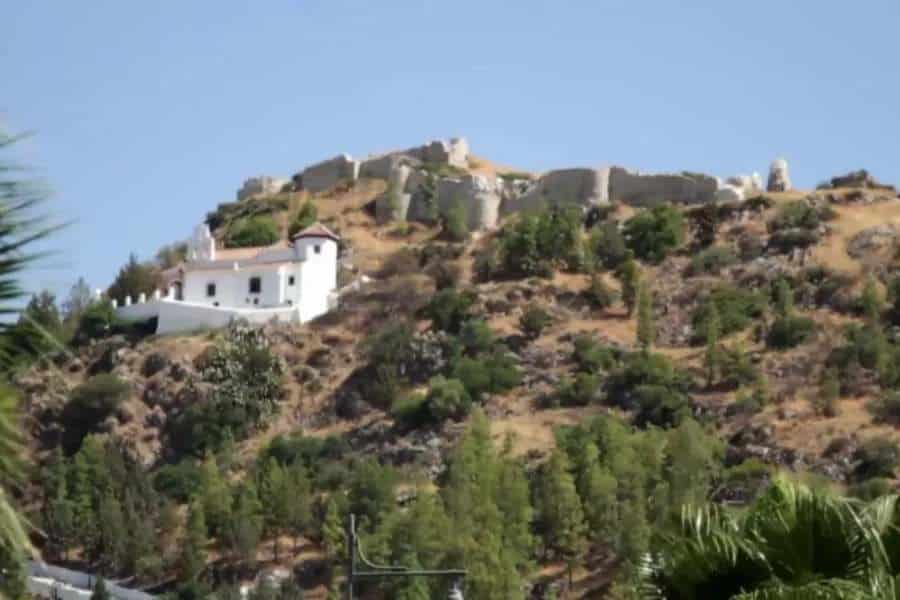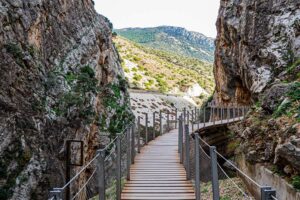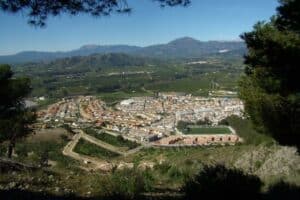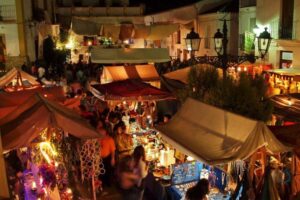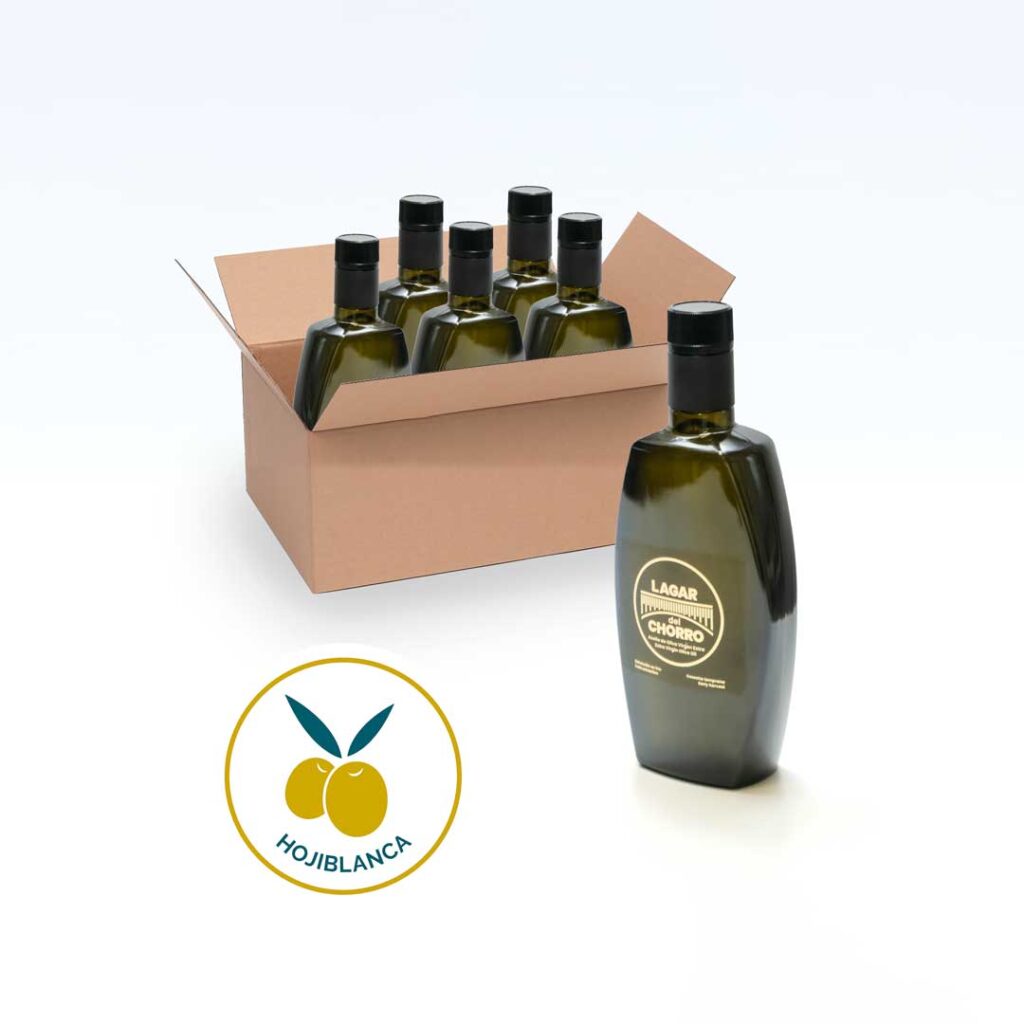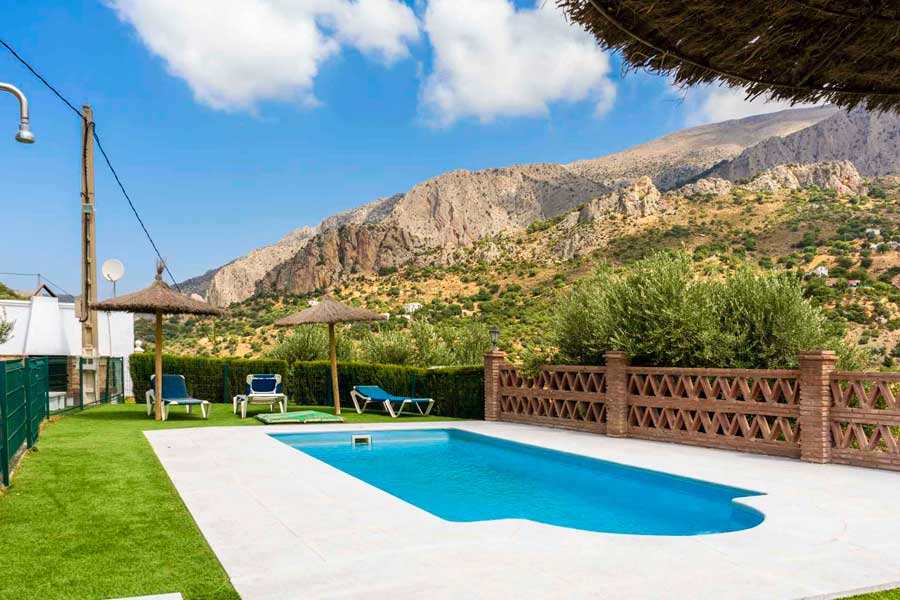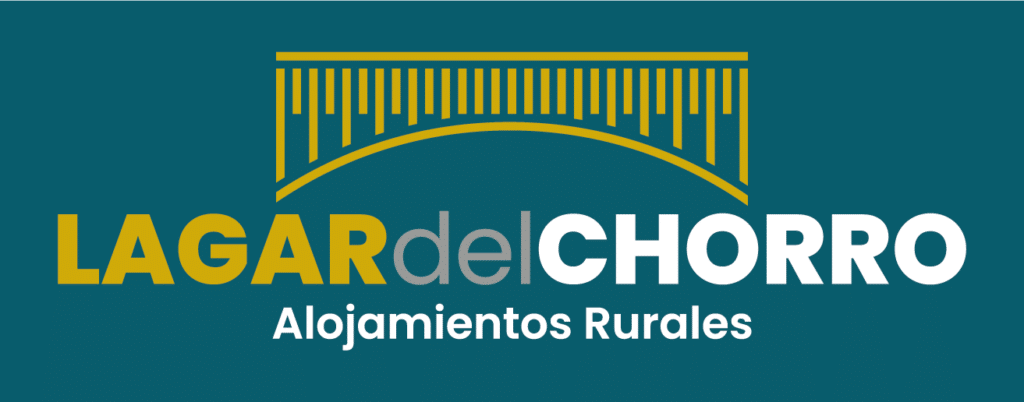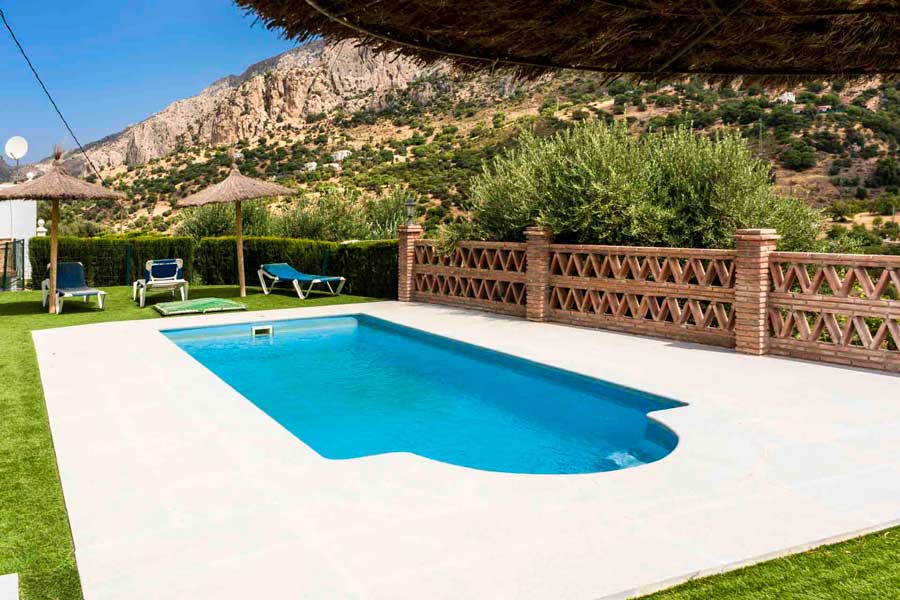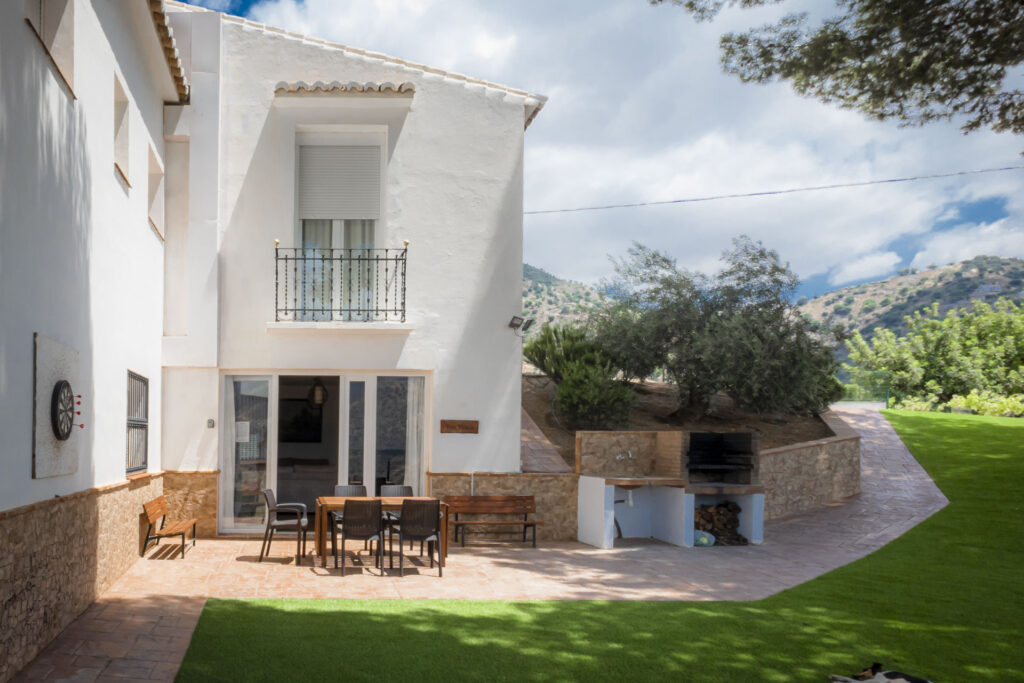In our rural accommodation near Caminito del Rey, we aim to highlight our entire environment: the Guadalhorce Valley. To do this, on our blog we are preparing complete articles with the history, monuments, traditions and activities to do in all the towns that are in our environment. Today, we are pleased to talk to you about Cartama, a small city, very close to Malaga, which has a wider offer than many think.
Índice de contenidos
ToggleLet's start with the history of Cártama
The beginnings of Cártama They date back to Phoenician times, who named the place "Cartha", which translates as "hidden city", after establishing a community in Malaga.
From the arrival of the Romans until their departure six centuries later, the region experienced numerous developments, as evidenced by the numerous archaeological sites found in the area. Discoveries that reveal sculptures, mosaics and remains, including Roman cemeteries and roads.
A key archaeological find in the history of Cártama is the Cruz Humilladero, a column from the 2nd century AD. The city, called "Cartima" by the Romans, was known for its public baths, attributed with healing properties.
Under Arab domination in the Iberian Peninsula, Cártama became a strategic enclave, highlighting its position at the end of the navigable waters of the Guadalhorce River. The Arabs recognized its importance in the defense of Malaga, building a formidable fortress in the 10th century, crucial during the War of the Reconquista and Granada in the 13th and 15th centuries.
The strategic relevance was corroborated with the fall of the castle into the hands of the Catholic Monarchs, recorded in the bas-reliefs of the Choir in the Cathedral of Toledo.
Unfortunately, as was common practice at the time, the Moorish castle, like others in the region, was not restored to its original form. Many Moorish structures, especially those of religious value, were demolished, replaced by Christian buildings.
An example is the Church of Saint Peter the Apostle, built on a mosque, reflecting a trend that is repeated in several churches in Malaga with similar origins.
Monuments and museums of Cártama
In the city of Cártama, In the city of Cártama,: The Hermitage of Nuestra Señora de los Remedios, the vestiges of the Moorish castle and the Church of San Pedro Apóstol. In addition, there is a museum dedicated to the Virgen de los Remedios.
Next, we present to you some details about these monuments from Cartama:
Moorish Castle
The Moorish castle of Cártama stands out as one of the few in Malaga that still preserves a facade, although in a state of ruins, which evokes the image of an ancient fortress. Its construction was intended to protect Malaga, the capital of the province, from possible invasions.
In Roman times, when the predecessor of the Moorish castle was first built, the banks of the Guadalhorce River, near the city, were accessible by boat. This made it a strategic point for any invasion attempt towards Malaga. The castle was erected with the purpose of constitute a crucial line of defense.
Church of Saint Peter the Apostle
This religious building was erected on the foundations of an ancient mosque after the taking of the city by the Catholic Monarchs and the expulsion of its Muslim inhabitants. Its construction dates back to 1502, as indicated by an inscription on the exterior walls of the church. During the main festival of the city, every April 22, la iglesia desempeña un papel crucial, albergando la imagen del santo patrono de la ciudad durante las celebraciones.
Hermitage of Our Lady of Remedies
The Virgin of Remedies, patron saint of the city, is the object of deep veneration on the part of all the inhabitants. In fact, the most notable event in Cártama, which takes place every April 22, is a festival dedicated to honoring her. The chapel in the hermitage houses her image throughout the year.
On the aforementioned day, locals participate in a pilgrimage ascending towards the hermitage, some even advancing on their knees. Subsequently, they take the image of the Virgin to the streets of Cártama, making a stop at the doors of the Church of the Apostle Saint Paul, where it will remain throughout the duration of the festival.
What to do in Cartama?
In Cártama, entertainment comes in various forms, which we have classified into two categories: festivals and outdoor activities. The festivals are intended for those who wish to observe or even participate in the vibrant local cultural activities. On the other hand, outdoor activities are ideal for those with an adventurous spirit.
Festivals and festivities in Cártama
Like most Spanish cities, Cártama follows an annual calendar of religious festivities. These celebrations, mostly called fiestas, are Roman Catholic in nature and have the enthusiastic participation of most local residents. If you wish to immerse yourself in the traditions of Cártama, we extend a cordial invitation to visit us during these times of the year:
- February: Este mes marca el inicio de los Carnavales, la festiva temporada que precede a la solemne Cuaresma. Experimentará desfiles callejeros, ferias y disfraces, sumergiéndose en un ambiente alegre.
- April: This month stands out with the most significant celebration of Cártama. It is a festival in honor of the city's patron saint, the Virgen de los Remedios. Being recognized as a "Festival of National Tourist Interest", you can anticipate the presence of visitors from nearby regions.
- May: Another notable celebration is the Verdiales festival, which takes place during this month. It includes traditional singing and dance competitions, with participants from neighboring cities, providing an experience full of lively music.
In addition, other notable festivities stand out, such as Livestock Fair and El Sexmo festival in September, as well as the celebration that marks the return of The Virgin to the Hermitage in June. These dates offer a unique opportunity to immerse yourself in the rich cultural tradition of Cártama
An ideal environment for hiking and enjoying nature
The entire territory surrounding Cártama is easily recognized by its rugged landscapes and picturesque settings. They are ideal for practicing outdoor sports activities, such as horseback riding, mountain biking, hiking, rock climbing and golf. They stand out two important golf clubs in the vicinity: the Golf Club Guadalhorce in Malaga and Lauro Golf in Alhaurín de la Torre.


